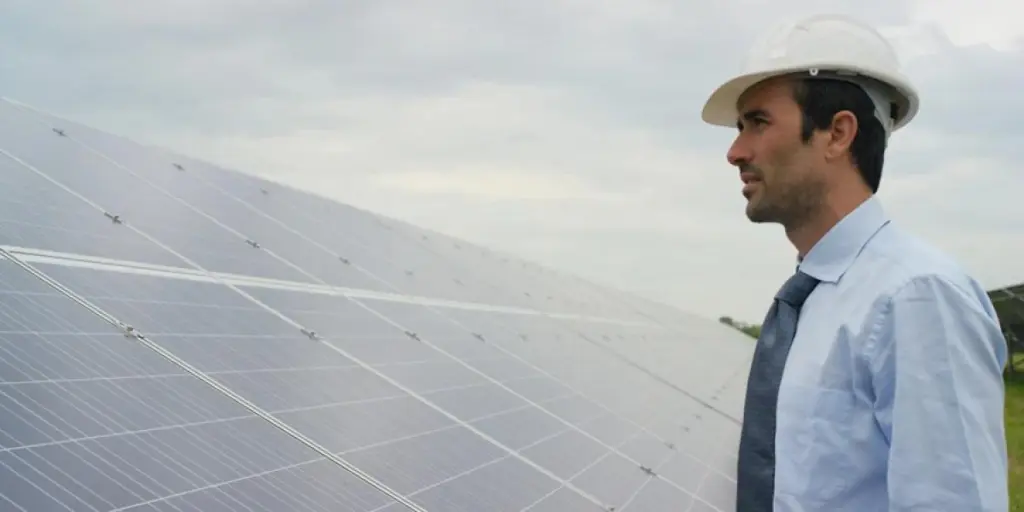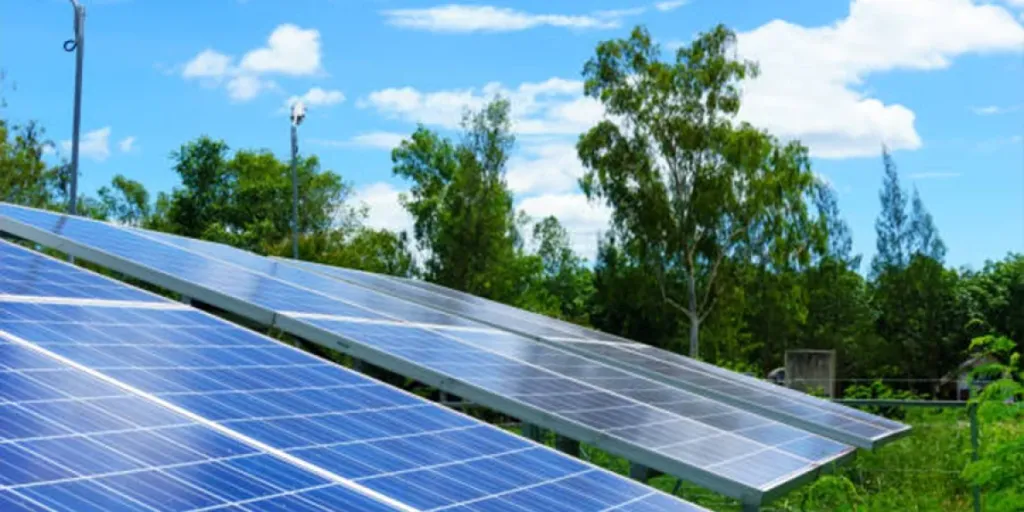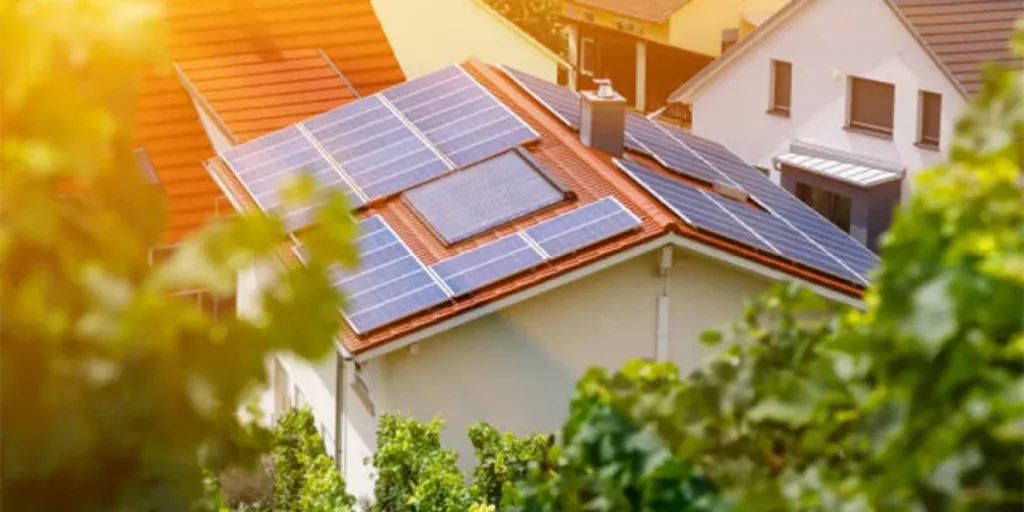- DERA sees China’s continued dominance in silicon and polysilicon production as an impediment for European efforts to rebuild industrial PV capacity
- High concentration of silicon and polysilicon manufacturing in China will continue to keep prices of solar cells and modules low, vis-à-vis those produced within Europe
- China’s ability to provide large amounts of electricity to the production of these energy-intensive components eventually contributes to the price of the finished product
The current concentration of global silicon and polysilicon production capacities in China and the country’s continued investment in expanding its capacity will make it difficult for Europe to rebuild an independent solar industry, warns the German Raw Materials Agency (DERA).
According to its new study titled The problem: Global capacities already significantly exceed the demand for silicon – and the trend is increasing, DERA believes that by the end of 2027 global production capacity of silicon will grow by a further 66% from current levels. However, its global demand is seen as increasing only by 37%.
It adds that the situation is even more serious for polysilicon where capacity expansions of 437% — 93% in China alone — are offset by an increase in demand of 107%. China is also able to supply large amounts of electricity for its production at a lower cost compared to Europe.
These factors, cautions DERA, will continue to keep the prices of China-produced solar cells and modules low, which in turn will continue to directly impact Europe’s efforts to revive its PV manufacturing industry.
In comparison, it is only Norway in Europe that can produce silicon with industrial electricity prices of 2-3 cents/kWh as rest of the locations have higher prices, claims DERA.
Highly purified silicon, called polysilicon, with purities of up to 99.9999999999% forms the beginning of the solar PV manufacturing value chain, and is used to produce silicon ingots, to be cut into wafers and then used in solar cells and finally modules.
China currently manufactures around 97% of all ingot bars and wafers, 78% of solar cells and 82% of modules globally. Its global market shares for the required raw materials polysilicon and silicon are 83% and 75%, respectively, according to the study by DERA that operates under the Federal Institute for Geosciences and Natural Resources (BGR).
Recently, Wood Mackenzie also said that China is likely to control more than 80% of the global share of solar PV module manufacturing till 2026, and will continue to widen the technology and cost gap with the rest of the world.
While countries across the globe are making efforts to set up a local polysilicon manufacturing ecosystem like in India and Australia, the US has made attempts to stop Chinese polysilicon altogether with its Uyghur Forced Labor Prevention Act (UFLPA) banning imports of any solar product with Xinjiang connection into the country. Xinjiang is China’s primary silicon producing region.
However, the Co-Author of the DERA study Evelyn Schnauder points out that the criticism and associated political and economic reactions focus on the PV industry for using silicon produced in China’s Xinjiang, but it is completely overlooked for the same silicon being used in other industries globally.
Source from Taiyang News
Disclaimer: The information set forth above is provided by Taiyang News independently of Alibaba.com. Alibaba.com makes no representation and warranties as to the quality and reliability of the seller and products.




